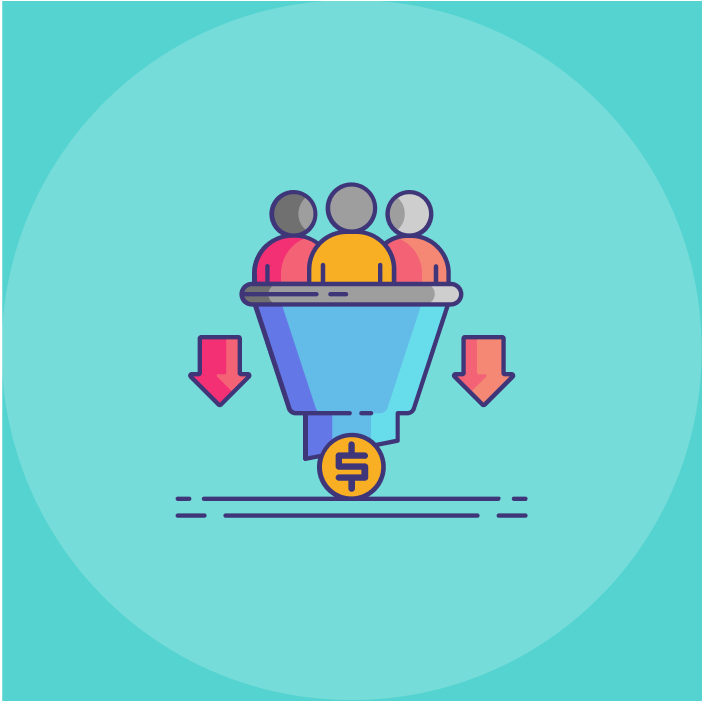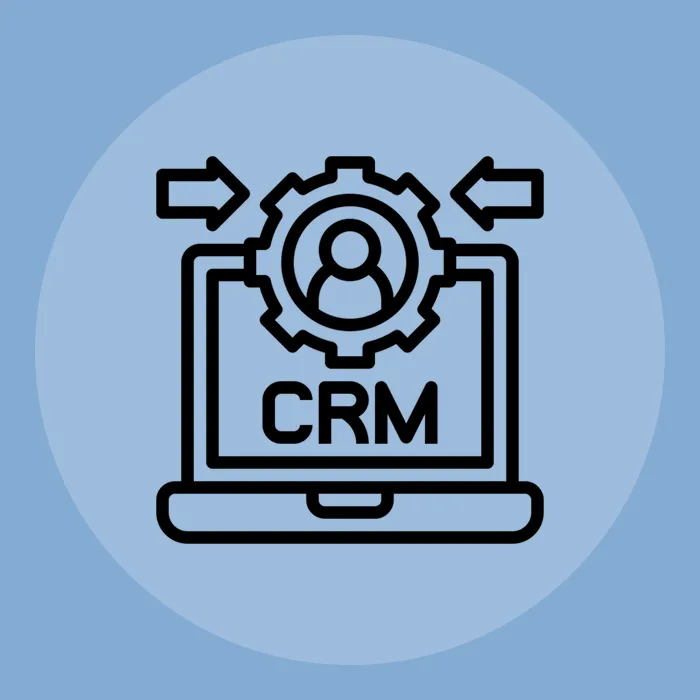So, you’re starting to get steady traffic to your website. That’s great! The only thing that matters - think of all those bills you can pay with web traffic. Most major banks accept Google Analytics data nowadays, right?
Alright, we're just being a bit cheeky here. Web traffic is a great first step - but to make it count, you need to convert that traffic into leads (and eventually, actual sales!)
Let’s get into a few steps to make that happen.
1. Make sure your traffic is right for your brand
The crucial first step, which many often ignore, is ensuring your traffic is the right fit for your brand. There’s no point in having a bunch of male college students come to visit your website if you sell shoes for elderly women!
Find out where traffic comes from using Google Analytics or similar software, and learn what you can about the audience. You should be able to get some rough data, such as interests and demographic information.
This information will give you insight into what sales techniques may work best for this audience. It may also help you figure out how to generate even more targeted traffic by identifying current successful traffic sources.
2. Have a professional website
Ensuring your website looks professional, consider it your first impression with your prospects. You only get one first impression, so making it a good one is best. A professional website will help build trust with your potential customers.

So what makes a website professional? Here are a few things to consider when building your website:
- Professional domain: Ideally, your web domain will be short, easy to remember, and relevant to your product or service. Go for the .com option if possible; if not – consider .ca if you are Canadian or .co if you have no other real options.
- Quality design: It’s worth investing in the design of your website. Use an easy-to-read font, striking colors, and beautiful imagery. You want your site to be an ideal mix of striking, beautiful, and professional.
- Fast-loading: People have short attention spans and expect websites to load almost instantly. Don’t risk losing potential customers because of slow page speed. Test your website speed with GTMetrix; the ideal is under 3 seconds.
- Easy navigation: Use a simple menu at the top of your site, and make it clear how to get to each page. You want to make it easy for your visitors to get where they want.
- Home, about, and contact pages: These basic pages on your website will tell your brand’s story and are considered an industry standard for good web design. Users’ are mostly expecting to see these.
- Mobile-friendly: 52% of all web traffic is mobile, so make sure your site looks great. Consider including Google’s AMP (Accelerated Mobile Pages) for loading speed and ease of use on mobile.
3. Provide VALUE to your audience
According to Marketo, 96% of visitors who visit your website aren’t ready to buy (yet), so you need to nurture them along the consumer journey.
Populate your website with great content that provides value for your audience. You can use various content, such as blog articles, videos, tutorials, case studies, or infographics. Establish a good mix of content that educates or entertains and content that sells.
The goal here is to build a relationship with your audience; the easiest way to do that is to be helpful. Answer their questions and solve their problems, and they will keep coming back to you for more.
It’s important to ensure that the content you are putting out is relevant to the product or service you are selling. For example, if you sell shoes for elderly women, you might write a buying guide that helps them understand which shoe is right for them.
4. Use subscription forms and incentives
Place a form allowing visitors to subscribe to your email list on every website page. This could be in the sidebar or footer or placed directly within your content.
To convert visitors to subscribers, you need to offer value - it isn’t enough to say, “subscribe to my mailing list!” and ask for their email. Create something you can offer as a free download in exchange for an email address.
You could offer a free ebook, a short email course, access to a private resources library, or anything enticing visitors to subscribe. Content upgrades work well within articles, such as PDF downloads or checklists. These are often called lead magnets – and this strategy is incredibly effective for creating email lists.
Track how well each form performs, and constantly look to improve them. You can use a method known as split testing (also known as A/B testing): show one particular form to half of your visitors, and show the other half the same form but with one thing changed.
You could include the text, the layout, or even the color of the subscribe button. Compare which version of the form converts better, and show that one to all future visitors.
You can use this to test every aspect of the form to maximize conversions.
5. Drip email sequence
Email is the best marketing channel that is available to you. Even if your website's traffic disappears or social media platforms change their algorithms, you will always control your email list. Salesforce found that email marketing has an average ROI of 3,800 percent. For every dollar invested, the average return is $38.
Create a series of emails that are sent automatically to new subscribers. Many email marketing services providers, such as MailChimp, Infusionsoft, Emma, and Hubspot, can do this for you.
Recommended: Master The Art Of Email Marketing With These 5 Steps
You can choose the frequency to send the emails; it could be anything from one every day to one every week or longer. It's best not to leave too long between emails, as you want to quickly develop a relationship with your customers.
Take your audience on a journey. Send them your best content, and pack every single one of your emails with real value for your customers. Again, you want to solve their problems and answer their questions to build authority and trust. Write the emails as if you were writing advice to a friend.
Once you’ve established the relationship, it’s time to send the sales email. Present your audience's problem or frustration, and then explain how your product or service will improve their lives.
Similarly to the subscribe forms, emails can also be split-tested. Try different subject lines, images, or calls to action to see what converts best within your audience.
This process can then be repeated as often as you like - there is no limit to how many times you can sell to your email list! Keep your list engaged by continuing to send useful, interesting content regularly.
Aim for at least three content emails for every sales email you send. People may unsubscribe from your email list if you come across as too spammy.
Conclusion:
Generating traffic is an essential step towards running a profitable online business - next up, it’s time to start capitalizing on the traffic. It doesn't need to be perfect initially, as you can (and should) improve your content as you learn what resonates with your audience.
Go get ‘em.










